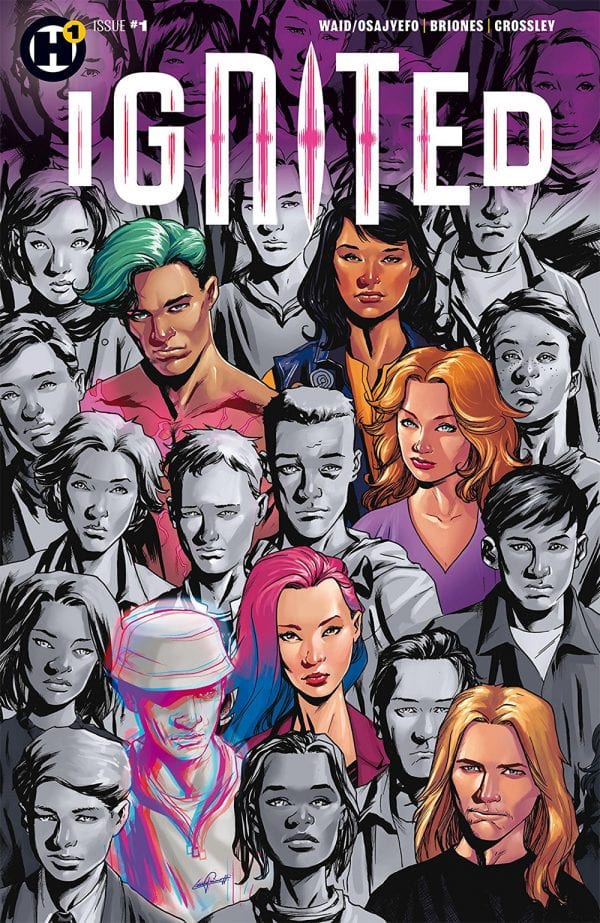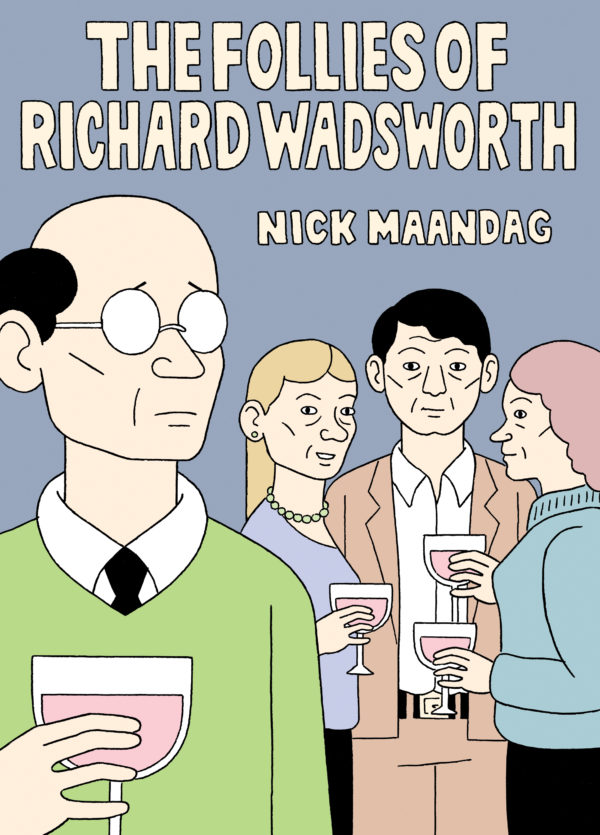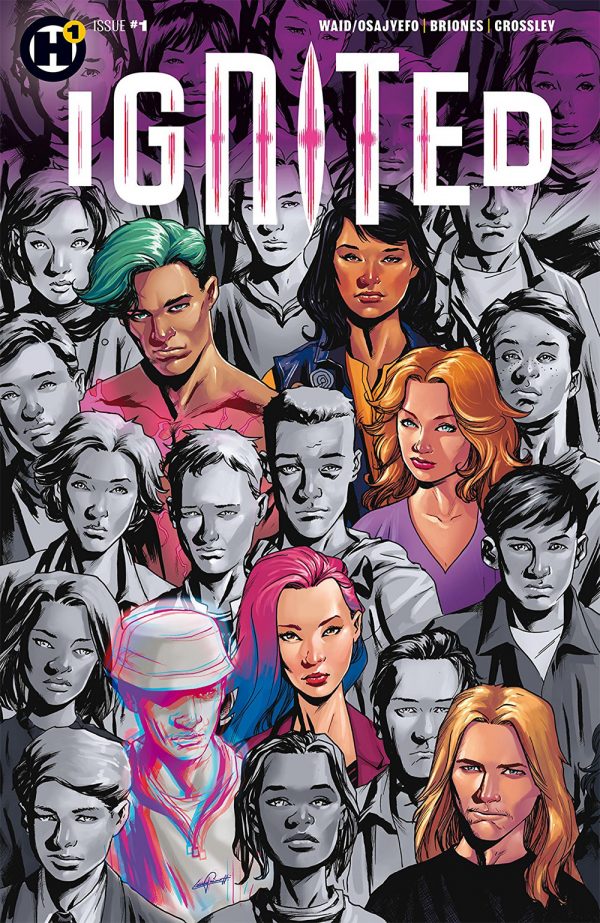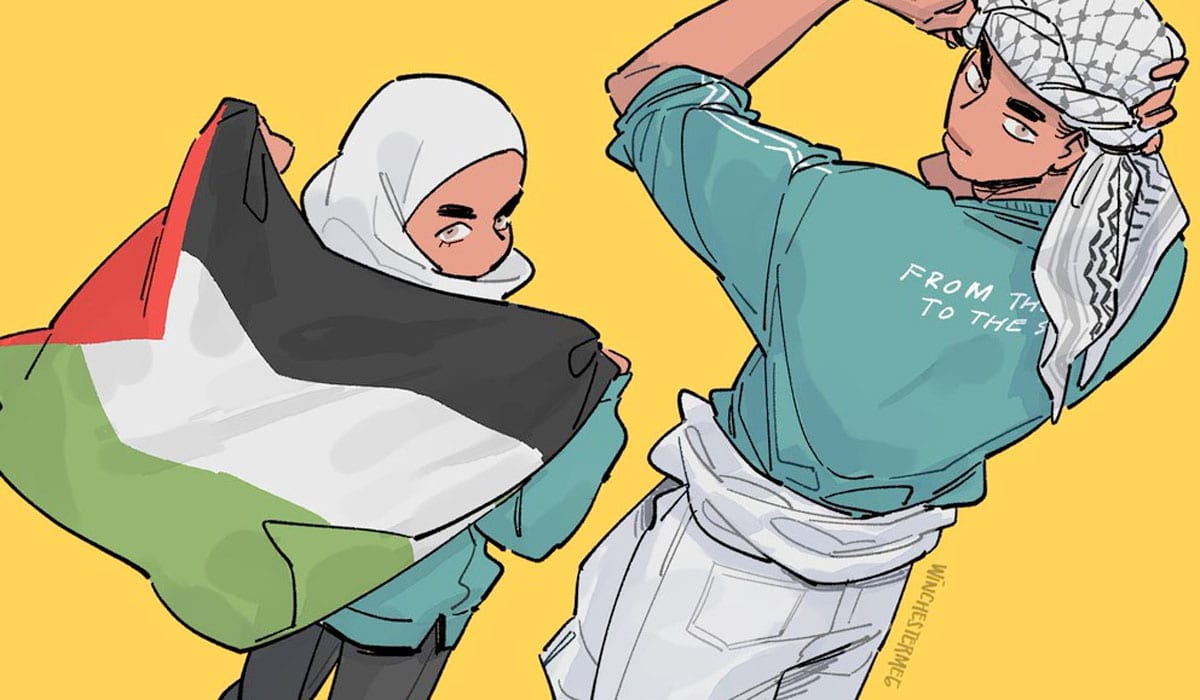The Follies of Richard Wadsworth
By Nick Maandag
Drawn & Quarterly
Canadian cartoonist Nick Maandag’s stories are focused on structure and disruption. Each of the three stories in this collection come with the acceptance that we have systems within which we structure our behavior in order to maintain sustainable, respectful relationships with each other. That’s civilization, after all.
Maandag, however, devotes narrative time to the broken figures that can’t quite function in these systems — here represented by academia, business and professionalism, religious groups — and reveal themselves as agents of chaos. They’re not rebels, exactly, more disruptors. Like a Jerry Lewis character, they are 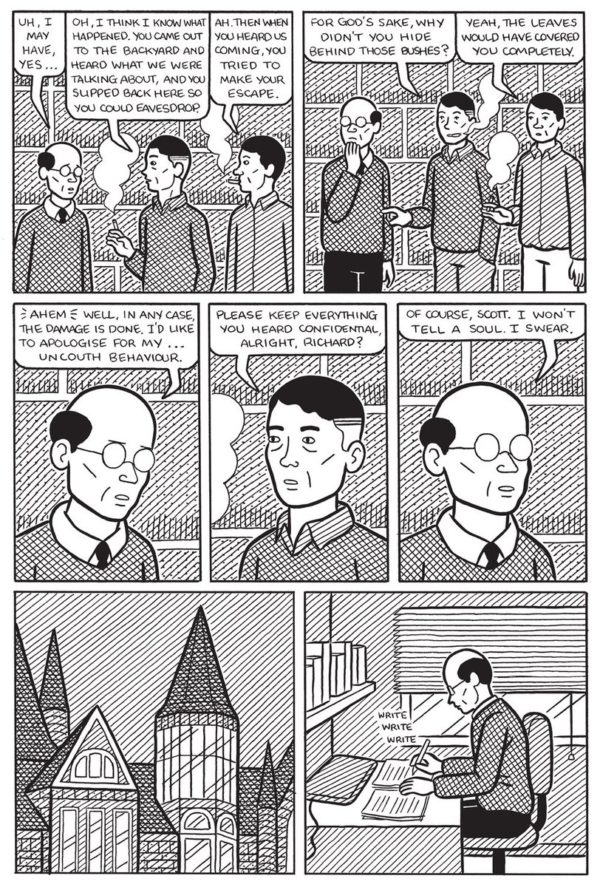
In the title story, we meet Richard Wadsworth, who takes a new position and finds his interactions with fellow academics as well as students to be awkward at best and clueless at worst, and obstructive to building any real connections. Much of the problem is his self-obsession, caused by a lack of self-esteem wrestling with a desperation for validation and a self-assurance that he, alone, is in the right. We’ve all known that guy, but maybe the real-life versions don’t go to comedic extremes to act out their fractured psyche. Watch and chuckle as Wadsworth’s life falls apart around him.
In “Night School” a teacher in a Business Administration class has a chance encounter with a fire chief after a fire alarm goes off that leads to the chief sitting in on class, an opportunity for him to disrupt things with an overzealous and sadistic desire for control. Meanwhile, the building’s custodian struggles with debilitating cognitive issues that fracture his memory. When these three intersect, a surrealist struggle unfolds.
“The Disciple” introduces Buddhist monk Adrian, straight out of high school and struggling with the expectations of the life he has chosen, specifically when it comes to desire. His particular challenge is a fixation on Anastasia, another monastery resident, which is exacerbated by the stress of attempting to integrate a chimp, Brother Bananas, into the group. But the inability to adhere to the demands of self-control within Buddhist terms isn’t confined to Adrian.
Maandag offers these examinations with a deadpan humor that works in unison with the absurdity and surrealism that define the situations the characters are in. The greater truth might be that systems and chaos require each other for meaning and, more importantly, allure. Each makes the other attractive and Maandag gets good laughs out of that conundrum.
Ignited #1
Written by Mark Waid and Kwanza Osajefyo
Illustrated by Phil Briones
Humanoids/H1
I’ve only read two comics about mass shootings — Heroes In Crisis, an uncomfortable story about a massacre at a secret psyche facility for superheroes, and Mad Magazine’s “The Ghastlygun Tinies” which, in its riff on Edward Gorey, set the bar high for anyone else attempting satire on the subject.
Ignited, one of the first titles in Humanoids’ H1 imprint, which features stories from “a reality-based super-powered world,” takes a little bit from both approaches by diving right into the subject matter of 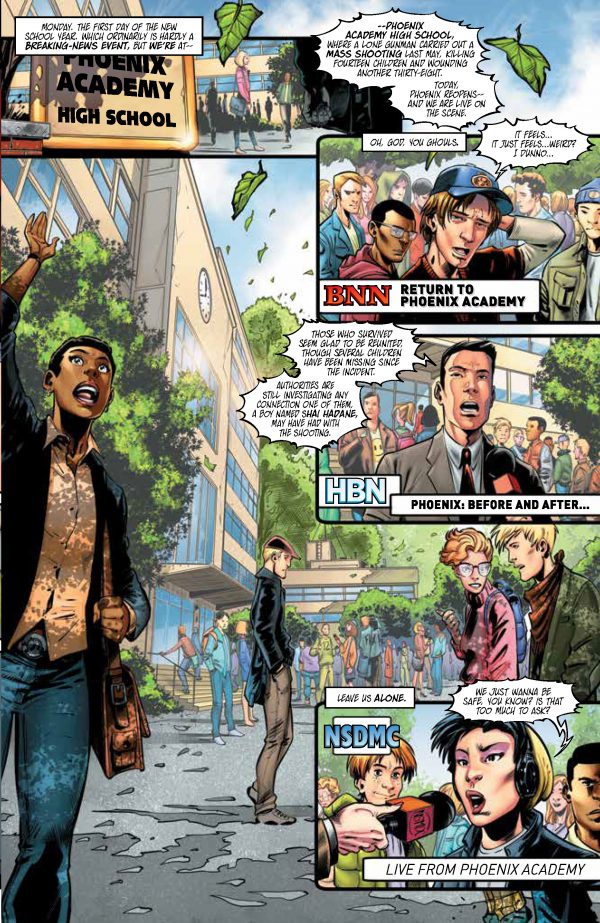
Phoenix Academy High School was the scene of a massacre before summer vacation, and a few months later, the students return, supposedly to get back to normal. But normal isn’t going to happen as long as the shooting is a tangible presence weighing the students down and disrupting the flow of any given teachers’ planning. Something is definitely off and it can’t easily be corrected.
But there are other things askew beside the inability to get back to school basics. A disruption fo the communications system has allowed some school trolls to launch a protest against arming the teachers. And at least one affluent family has decided to take matters into their own hands, creating a militia of sorts to protect the students. Plus, it becomes apparent the precautions provided to the school in order to help the students feel safe are less than assuring, and probably useless.
Ignited begins like any other high school comic, with first-person angst introducing the players, the hierarchies, the faculty, but here there is something looming in the atmosphere that makes it different. This isn’t a place of learning or of socialization, it’s a place defined by the pledge to keep the students safe. It’s all about avoiding calamity. Danger is a palpable presence in Ignited, an inevitable part of the reality the students walk in, and it’s alarming that to portray that you don’t have to place your characters in a post-apocalyptic urban battle zone. You just have to put them in a normal school.
As with most first issues, Ignited #1 is all about setting things up, but Waid and Osajefyo’s embrace of a typical high school comic narrative structure with something terribly wrong lurking at its center should seize your curiosity for where this is headed.



